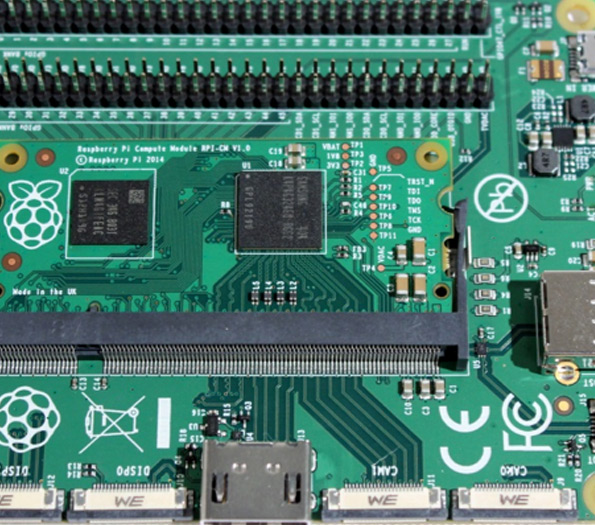

Mirror Glass Design A Reflective Approach to Modern Aesthetics
In an age where design trends continuously evolve, the use of mirror glass has emerged as a prominent choice among architects, interior designers, and artists alike. The reflective quality of mirror glass not only serves practical purposes but also invites creativity and innovation in various applications. From home interiors to commercial spaces, the multifaceted nature of mirror glass design offers a unique blend of elegance and functionality that can transform any environment.
The Allure of Reflection
At its core, mirror glass design stems from the intrinsic qualities of reflection, light, and perception. The reflective surface of the glass creates an illusion of expanded space, making rooms appear larger and more open. This optical effect can be particularly beneficial in urban dwellings where space is often at a premium. By strategically placing mirrored surfaces, designers can enhance the flow of light, bringing a sense of airiness and brightness to areas that might otherwise feel cramped or dull.
Moreover, mirror glass plays an essential role in highlighting architectural features and furnishing. For instance, a wall lined with mirror glass can accentuate artwork or wall structures, creating a dynamic interplay between the reflective surface and the items displayed. This symbiosis not only enhances the aesthetic appeal but also cultivates an engaging atmosphere that captivates attention.
Innovative Applications
The versatility of mirror glass transcends traditional boundaries and has found its way into various aspects of design. In commercial settings, mirror glass is frequently employed in facades for skyscrapers and office buildings. These reflective surfaces allow structures to blend with their environment while simultaneously projecting a modern image. The way sunlight plays off these surfaces can create stunning visual effects throughout the day, contributing to the ever-changing landscape of urban architecture.
In residential design, mirror glass is being used innovatively in furniture and decor. Coffee tables with a mirrored finish, bedroom dressers, and even light fixtures can evoke a sense of sophistication while providing the functionality expected from traditional pieces. This integration of style and practicality allows homeowners to maintain a sense of luxury without compromising on usability.

Balancing Aesthetics and Functionality
While the visual appeal of mirror glass is undeniable, it is crucial to consider its practical implications in design. For instance, the maintenance of mirror glass surfaces can be a concern. In areas prone to fingerprints, smudges, or dust accumulation, selecting the right type of mirror finish is essential. Designers may opt for anti-fingerprint coatings or choose textured finishes to minimize the visibility of marks while maintaining aesthetic quality.
Additionally, the use of mirror glass can impact the flow of light within a space. While it enhances luminosity, excessive mirrored surfaces might lead to glare or discomfort if not thoughtfully integrated. Professional designers often consider the interplay of light and reflection, ensuring that each application serves its intended purpose without overwhelming the senses.
Cultural and Symbolic Significance
Mirror glass also carries cultural and symbolic meanings that enrich its use in design. In various traditions, mirrors are seen as gateways to the subconscious, reflecting not only physical reality but also deeper truths. This philosophy prompts designers to think carefully about the placement and use of mirror glass, inviting users to engage in introspection and contemplation.
In today's design landscape, the fusion of mirror glass with sustainable practices is gaining traction. Eco-friendly materials and energy-efficient designs are increasingly being integrated, allowing for the aesthetic appeal of mirror glass to exist alongside environmental responsibility. As the global focus shifts towards sustainability, the future of mirror glass design likely lies in its ability to adapt to these evolving values.
Conclusion
In conclusion, mirror glass design encapsulates a rich tapestry of aesthetic possibilities, practical functions, and cultural resonances. Its ability to reflect, refract, and enhance environments makes it an invaluable asset across various domains of design. As we look to the future, embracing the intricate dialogue between light and reflection will undoubtedly continue to inspire innovative solutions that elevate our spaces and enrich our experiences. In every reflective surface, there lies a story waiting to be told – a reminder that beauty often lies in the interplay of light and shadow.